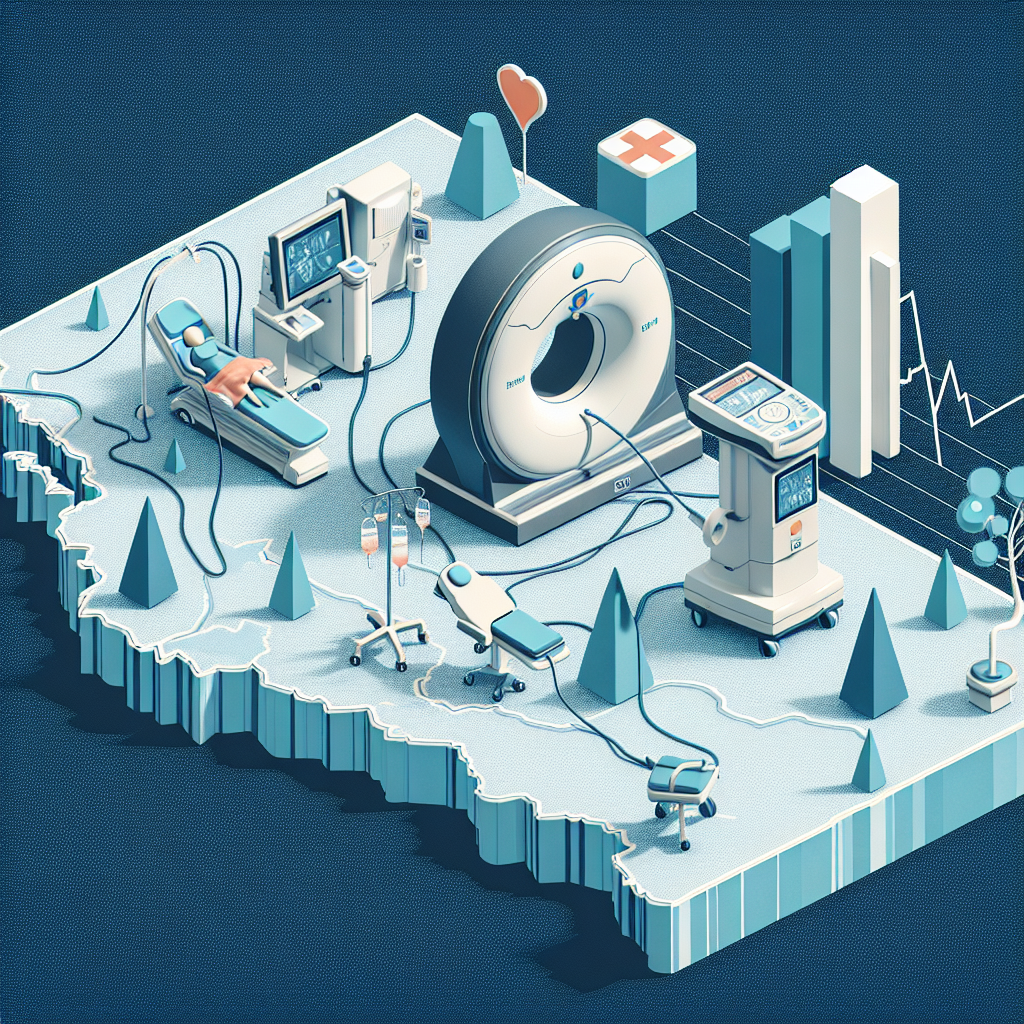===
In the rapidly evolving landscape of Canadian healthcare, harnessing the power of predictive analytics applications in 2024 represents a pivotal shift. With rising healthcare costs, an aging population, and increasing patient expectations, the urgency for innovative solutions has never been more pronounced. Predictive analytics can streamline processes, enhance decision-making, and ultimately elevate patient care, addressing the critical concerns of stakeholders across the healthcare spectrum. In this exploration, we will delve into how these technologies are transforming the Canadian healthcare system, offering a glimpse into the future of patient outcomes.
The Role of Predictive Analytics in Transforming Canadian Healthcare
Predictive analytics stands at the forefront of a transformative wave in Canadian healthcare, employing sophisticated algorithms to forecast patient needs and optimize resource allocation. By analyzing vast datasets—ranging from electronic health records to socioeconomic factors—healthcare providers can identify patterns that inform strategic decision-making. For instance, predictive models can estimate hospital admission rates based on seasonal illness trends or demographic shifts, allowing facilities to prepare and allocate resources efficiently. This proactive approach not only reduces wait times but also enhances the overall patient experience.
The integration of predictive analytics into clinical workflows is poised to revolutionize how healthcare practitioners interact with their patients. By employing machine learning techniques, healthcare professionals can access real-time insights that guide personalized treatment plans. This capability is crucial for managing chronic conditions, where timely interventions can significantly alter patient trajectories. For example, predicting a patient’s likelihood of hospital readmission enables tailored discharge plans that can mitigate health risks and improve quality of life. As we move into 2024, the emphasis on data-driven decisions is becoming a cornerstone of effective healthcare delivery in Canada.
Moreover, predictive analytics can facilitate a more collaborative approach among healthcare providers. By sharing data insights across networks, clinicians can coordinate care more effectively, ensuring that all stakeholders—be it specialists, pharmacists, or primary care providers—are aligned on patient care strategies. This synergy is essential for tackling complex health challenges, such as mental health crises or multi-morbidity, where seamless communication can lead to improved health outcomes. As Canada embraces predictive analytics more comprehensively, the potential for integrated care models looks promising.
Enhancing Patient Outcomes: Future Trends for 2024 and Beyond
As we look ahead to 2024, the future of predictive analytics in Canadian healthcare is rife with potential to enhance patient outcomes. One of the most significant trends is the growing emphasis on social determinants of health (SDOH), which play a crucial role in patient wellbeing. By incorporating factors such as income, education, and access to healthcare into predictive models, providers can better understand the broader context of patient health. This holistic approach enables the anticipation of potential health risks and the implementation of community-based interventions that address these challenges head-on.
Another emerging trend is the application of artificial intelligence (AI) and machine learning in predictive analytics. These technologies are set to elevate the capabilities of healthcare systems by providing deeper insights and more accurate forecasts. For instance, natural language processing (NLP) can analyze unstructured data such as clinician notes and patient feedback, uncovering patterns that traditional data analysis may overlook. This advancement allows for more nuanced understandings of patient behaviors and preferences, leading to tailored services that resonate with individual needs.
Additionally, as telehealth continues to solidify its place in the Canadian healthcare landscape, predictive analytics will become increasingly critical. By analyzing data from remote patient monitoring devices and telemedicine interactions, healthcare providers can proactively identify changes in patient conditions that require immediate attention. This not only enhances patient safety and satisfaction but also promotes a shift towards preventative care rather than reactive treatment. The confluence of these trends signifies a revolutionary shift towards more personalized, efficient, and responsive healthcare delivery in Canada as we venture into the next decade.
===
In summary, the applications of predictive analytics in Canada’s healthcare system are shaping a new paradigm of care as we progress through 2024. The insights gleaned from these advanced analytical techniques foster a proactive approach to patient management, optimize healthcare operations, and ultimately enhance outcomes. As stakeholders embrace these innovations, they unlock the potential for a more integrated, data-driven healthcare environment that prioritizes the needs of every individual. To stay ahead in this dynamic field, healthcare professionals and organizations must continue to engage with predictive analytics technologies, ensuring they remain at the cutting edge of patient care. For those interested in exploring further, the journey into the world of predictive analytics and its countless applications in healthcare is just beginning.
Exploring 2024’s Innovations in Remote Patient Monitoring in CanadaEnhancing Cybersecurity Protocols in Canada’s 2024 Healthcare SystemExploring Blockchain Applications in Canadian Healthcare 2024Relevant LinkRelevant LinkRelevant LinkManaging Degenerative Disc Disease: The Role of YogaSubmitting Your Web Wrapped Curio: A Step-by-Step GuideStrategic Hiding Spots in Life is Strange Pool SceneRelevant LinkRelevant LinkRelevant LinkExploring the Impact of 40,000 Daily Steps on Weight LossEffective Yoga Poses for Optimal Weight Loss and WellnessComprehensive Reviews of Happy Mammoth Weight Loss ProgramRelevant LinkRelevant LinkRelevant Link




